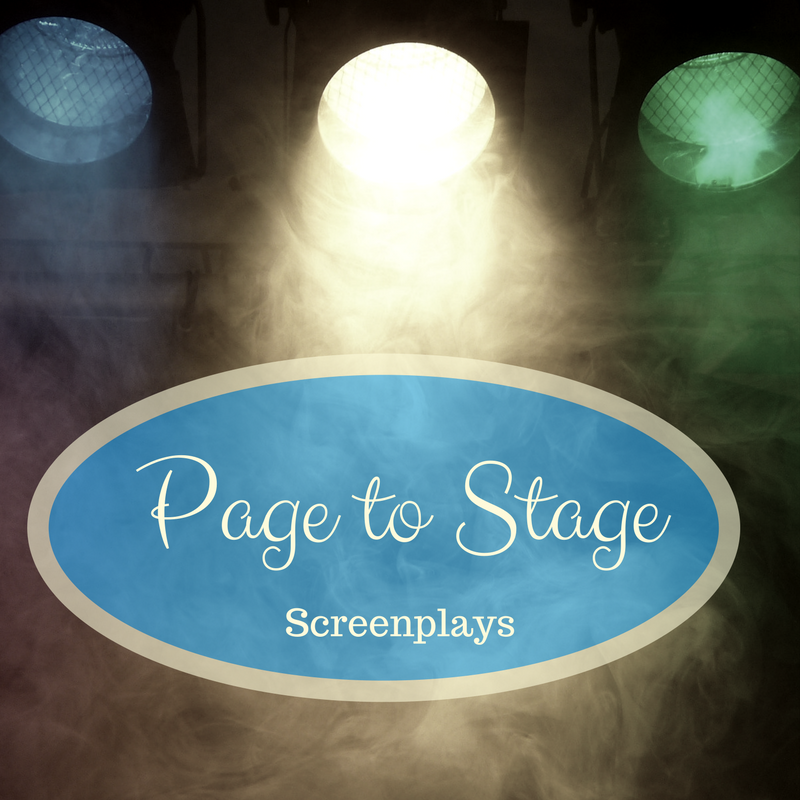Last year I let a screenwriting and producer friend with 30 years of experience read the first draft of my latest screenplay. I was both excited and nervous to let him see this passion project. After a week I received his feedback on my latest narrative.
His main comment was to put more emphasis on my protagonist’s disability. My initial concern was I didn’t want to overdramatize or belittle persons that belong to this particular community. I had to walk a tight rope of respecting the disabled community and the audience.
But I understood my friend’s concerns and wanted to respect his time and energy he put in to give me an honest evaluation. So I decided to look back over my experiences with persons in this particular disability group. My ultimate goal is to write a better story that can convey the ideas, imagery, and message I wanted to present in this particular story.
It didn’t take long for me to remember little quirks or traits that are common to persons with unique personalities like my protagonist. Fortunately, these commonalities also allow for me to show more than tell.
One of the best pieces of screenwriting advice I received was, “Let the actors act, don’t make them tell through dialogue.” Keep in mind movies are a visual medium and allow us to engage our audiences’ senses. This has its benefits.
- Increased storytelling capabilities.
- More ways to communicate our message.
- Less room for misunderstandings.
- More opportunity for subtext.
Another rule most screenwriters know is that we need to hook our audience within the first 10 pages or 10 minutes of the movie. The first 10 pages of any story are prime real estate, this is your chance to get the audience to invest in your movie for the long haul.
Storytellers must use every tool and their toolboxes to hook their readers/audiences as soon as possible. With the character arc in this particular story, I was able to utilize the innate power of human emotions.
I wanted to create in my audience sympathy for my protagonist. One of the surest ways to get an audience to connect with your story is to tug on their heartstrings. To help them feel for your characters by stirring their emotions through your fictional world. This emotional storytelling.
Emotional Storytelling?
Emotional storytelling is a technique to draw our audience/readers into the world of our story via appealing to their emotions: feelings of love, fear, sadness, or happiness.
Emotional storytelling taps into the heart of life. Robert McKee notes, “To be entertained is to be immersed in the ceremony of story to an intellectually and emotionally satisfying end.”1
Due to the nature of my controlling idea of disabled persons as my protagonist, this approach to storytelling has become an earmark of my screenplays. As I have learned, this technique has benefits:
1. It helps my audience connect with my protagonist quicker.
2. Helps to build conflict.
3. Creates a need in my protagonist.
As we know conflict is king in storytelling and nothing builds conflict better than emotional unrest. Sometimes conflict is external (i.e. man versus nature or man versus society).
But most stories deal with internal conflict (fighting temptations, pride versus humility, or justice/revenge). Most people can relate more to the latter conflict and in the end our stories are more relatable, causing the audience to connect to the story quicker.
Screenwriting teacher and producer David Trotter points out, “Movies thrive on action and emotion. Thus, screenplays usually tell two main stories. Think of them as fraternal twins, dual plotlines, or the two key story tracks. The emotional story derives from a relationship and/or the character’s emotional life and is generally driven by the internal need… It’s the emotional story.”2
As writers, we each have something we want to say, the emotional story is often the best way to say what we want to.
What I Want!
We each go to the movies expecting one thing or another: entertainment, escape, or enlightenment. Emotional storytelling gives us more bang for the buck! Below are a few of my favorite movies that check off all three of the aforementioned incentives for me.
Forest Gump is a particular favorite of mine because it was filmed in Georgia while I was in college and inspired me to become a storyteller, not because it was entertaining, but because it’s premise is emotional storytelling.

Martin Johnson survived a severe car accident with a (T.B.I.) Traumatic brain injury which left him legally blind and partially paralyzed on the left side. He is an award-winning Christian screenwriter who has recently finished his first Christian nonfiction book. Martin has spent the last nine years volunteering as an ambassador and promoter for Promise Keepers ministries. While speaking to local men’s ministries he shares his testimony. He explains The Jesus Paradigm and how following Jesus changes what matters most in our lives. Martin lives in a Georgia and connects with readers at Spiritual Perspectives of Da Single Guy and on Twitter at mtjohnson51.
1 Mckee, R.. (1997). Story, Harper-Collins e-books, Pg. 12.
2 Trotter, D. (2019). Screenwriter’s Bible, Silman-James Press. Pg. 39.


 We love helping your growing in your writing career.
We love helping your growing in your writing career.

No Comments